River Valley Mall opened in Lancaster, Ohio, in 1987 with almost 500,000 square feet of indoor retail space on land near Memorial Drive.
The original plan included one floor, five anchor stores, and parking lots around the building. JCPenney and Lazarus moved over from the old Plaza Shopping Center. Hills and Elder-Beerman joined as anchors, with Sears and a movie theater added by 1989.
At its peak, the mall had more than 50 stores, both local and national, and drew regular visitors from Lancaster and nearby towns.
Target opened next door in 1995, linking the property to new retail patterns.
Over time, anchor spaces were filled by stores such as Macy's, Dick's Sporting Goods, Cinemark, and other tenants that changed over the years.
By 2025, about half the stores were vacant, and the property's future as a shopping center was unclear.
Foundations and First Stores (1985-1989)
Planning for River Valley Mall began with a county contract approved in 1985.
Glimcher Realty Trust managed the project and chose a site on Memorial Drive west of Lancaster.
Work on the mall started in June 1986. The developers announced a plan for nearly 500,000 square feet of retail space and a movie theater.
JCPenney and Lazarus committed as anchor tenants, agreeing to move from their locations in the Plaza Shopping Center.
Hills was named the third anchor in August, and Elder-Beerman was added as an anchor the following spring.
Developers confirmed that the fourth anchor was chosen after seeing strong early leasing numbers.
When River Valley Mall opened on October 1, 1987, more than 50 retail spaces were leased.
National and regional retailers were among the first tenants, and the building was designed to allow customers to access all stores from a single floor.
In 1989, a 100,000-square-foot expansion was added, featuring a Cinemark movie theater.
It brought Sears as a fifth anchor, which also relocated from the Plaza Shopping Center.
During the next two years, all the mall's retail spaces were leased.
Businesses opened in the central part of the mall and along the main hallways, and customers came from Lancaster and other local areas.
A Mall Community Grows (1990-1999)
During the 1990s, River Valley Mall remained a regular part of shopping in the area.
When stores closed, new businesses generally took their place, and anchor tenants such as JCPenney and Sears stayed in operation.
When Target opened nearby in July 1995, it increased the number of stores in the area and brought in more national retailers.
The mall had steady customer traffic for most of the 1990s because there were different types of stores, and the main anchors did not change.
The movie theater stayed in operation and attracted people on weekends.
The main concourse and anchor entrances stayed busy during the holidays and sales.
Stores were decorated for the seasons, and temporary kiosks were placed in the main walkways.
For shoppers, going to the mall was a routine activity.
Retail Transitions and Chain Turnover (2000-2009)
By 1999, the Hills anchor became an Ames store after a chain acquisition.
Two years later, Ames closed at River Valley Mall when the company relocated to another state.
Lazarus changed its name to Macy's in 2005, keeping the same location but updating the store's signs and branding.
Macy's operated for two years before closing in 2007 due to low sales.
Steve & Barry's, a discount retailer, opened in the former Ames space in 2003 and remained until 2009, when the chain went out of business.
IHOP and Old Navy both opened at the mall during these years.
These stores opened after mall traffic declined, especially following the 2005 opening of the US 33 bypass, which changed local traffic patterns.
The movie theater continued to operate, and most stores were still found along the main hallway.
New Tenants and Ownership Changes (2010-2016)
Dick's Sporting Goods opened in 2010 in the anchor spot that once held Lazarus and Macy's.
The chain replaced the department store's façade with its own branding and remodeled the entry area.
Regal Cinemas closed the mall's longtime movie theater in 2014.
Cinemark responded by demolishing the former Steve & Barry's building to build a new theater, keeping moviegoers attached to the mall property.
That same year, Glimcher Realty Trust put River Valley Mall up for sale, pairing it with Indian Mound Mall in Heath, Ohio.
Ownership of River Valley Mall shifted in 2016, when Glimcher turned the property over to Woodmont Company to avoid foreclosure.
The new management company oversaw operations without making major structural changes.
Mall tenants continued to open and close as leases ended or chains reevaluated their brick-and-mortar presence.
Anchor Closures and Declining Occupancy (2017-2021)
Ownership of River Valley Mall changed again in 2017 when Woodmont Company sold the property to RVM LLC.
In April that year, Sears closed after being part of a national plan to shutter 150 stores.
Elder-Beerman closed its doors on August 29, 2018, following the shutdown of parent company The Bon-Ton.
The mall lost two long-term anchor stores in sixteen months, and leasing signs replaced the original signs at those locations.
JCPenney, Dick's Sporting Goods, and Cinemark remained as the only anchors still operating in the mall.
The exit of national chains led to lower occupancy at the mall. By 2021, half of the available retail spots were empty.
A few were taken by kiosks and seasonal vendors, but many open areas were left in the concourse.
The anchor pads were still empty, and no major tenants had moved in to occupy the space.
Recent Activity and Efforts to Revitalize (2022-2025)
Namdar Realty Group acquired River Valley Mall on June 2, 2022, following several years of the mall having empty stores and financial difficulties.
In early 2024, Krazy Foods & More and MAE'S Cafe opened for business in the mall's food court.
Later that year, Hometown Kreations, a local print shop, began operating inside the mall.
Leasing continued, and empty spaces and anchor stores were included in property listings.
Rue21 had a store at River Valley Mall, selling clothing for teenagers and young adults, starting in 2021.
In May 2024, rue21 closed its store after the company announced the liquidation of all its stores nationwide.
On May 13, 2024, the mall was closed for the day after a safety threat led to a police response and investigation.
After the situation was handled, people could return to the mall, and there wasn't any mention of injury or damage.
By January, 34 spaces for stores were still vacant, totaling nearly 97,000 square feet.
Then, in April 2025, they listed a large 52,000-square-foot department store space for lease as well.
🌻


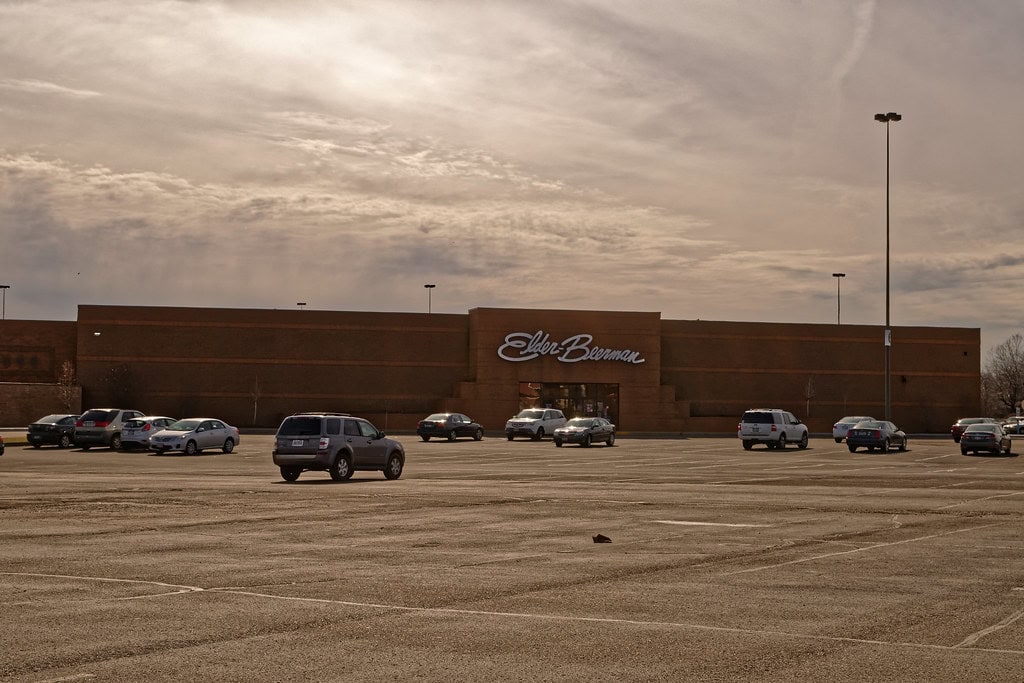
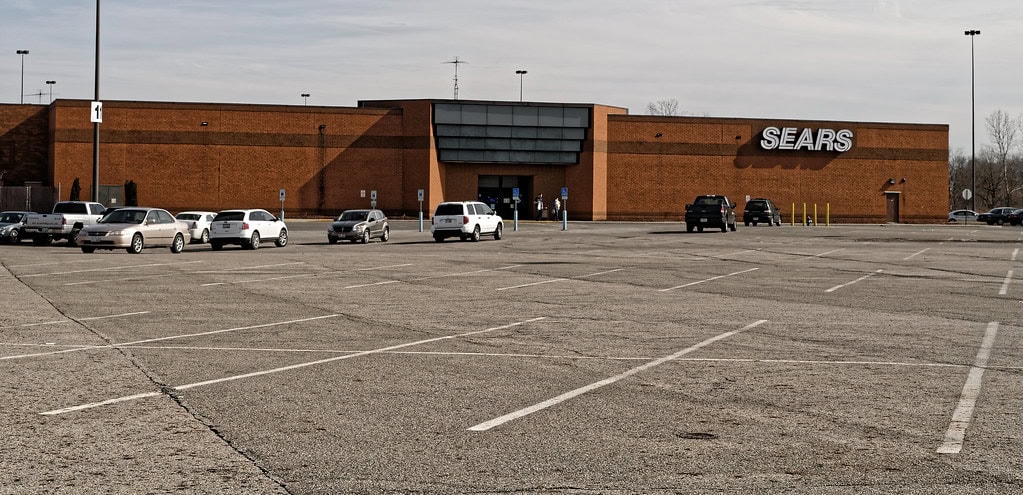
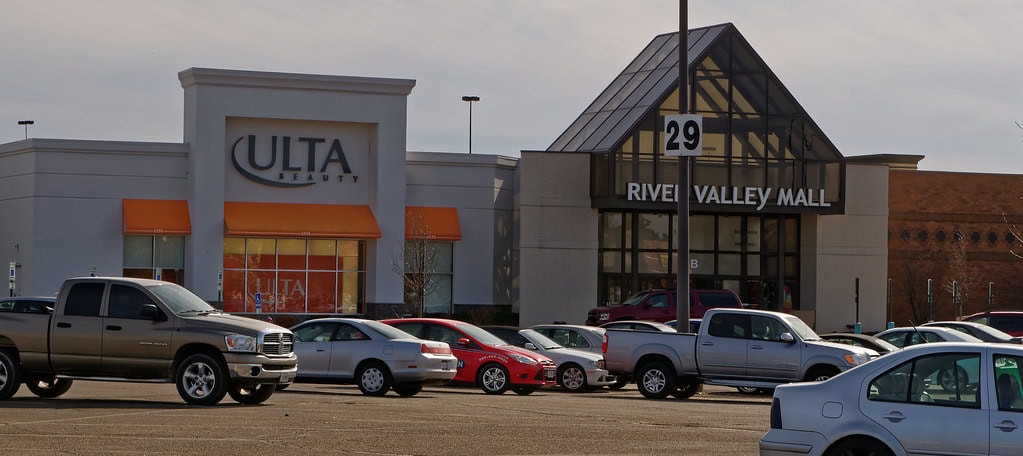
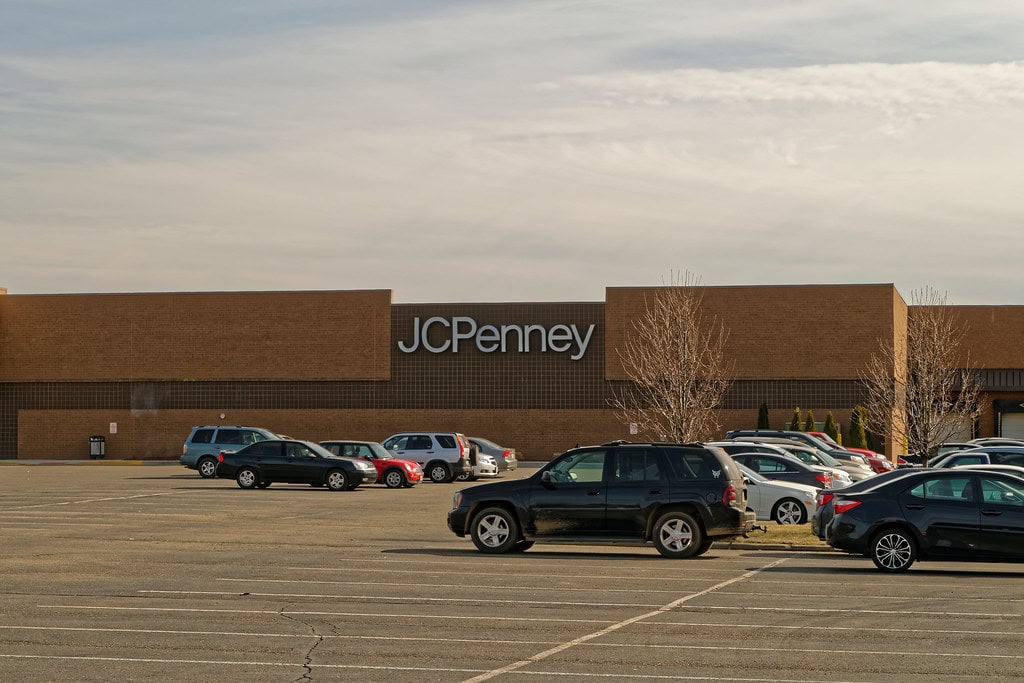


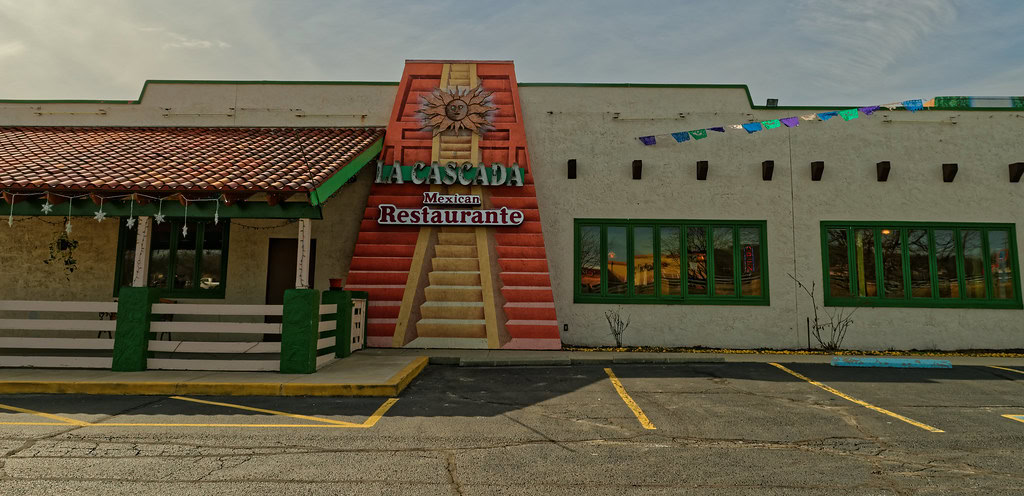
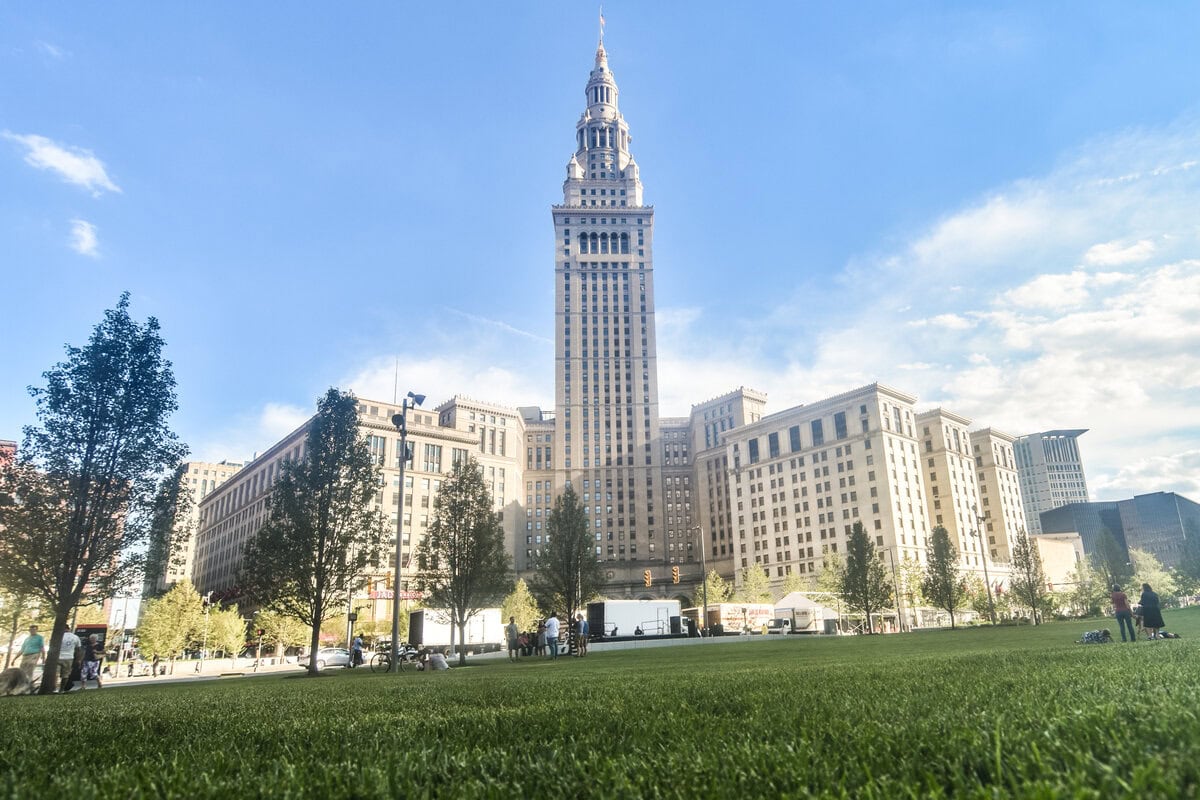
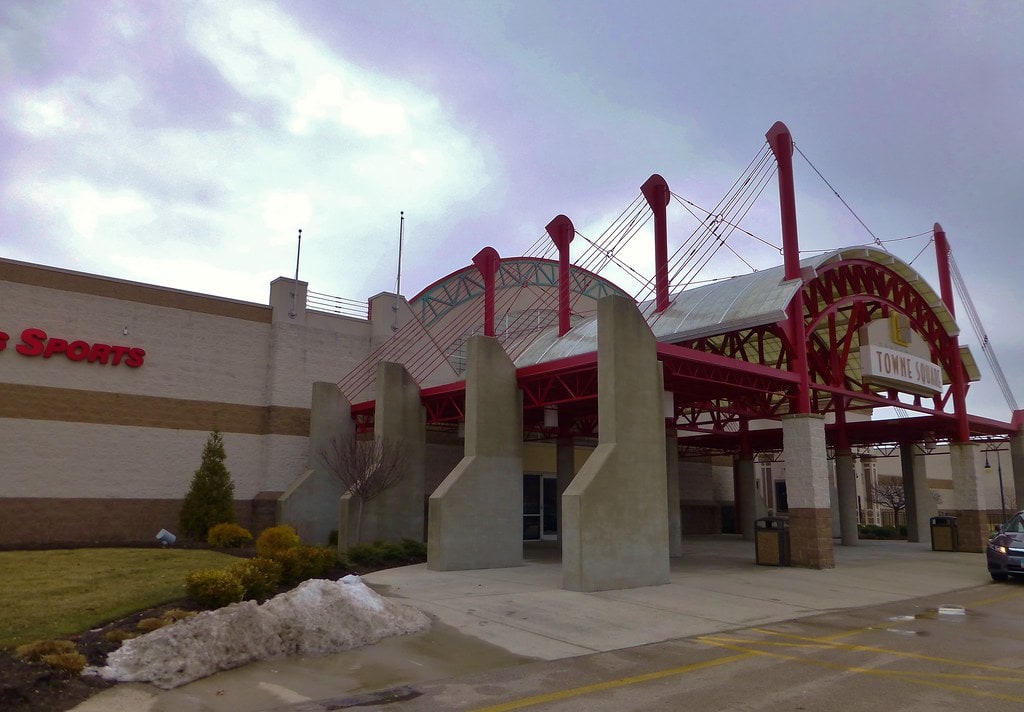
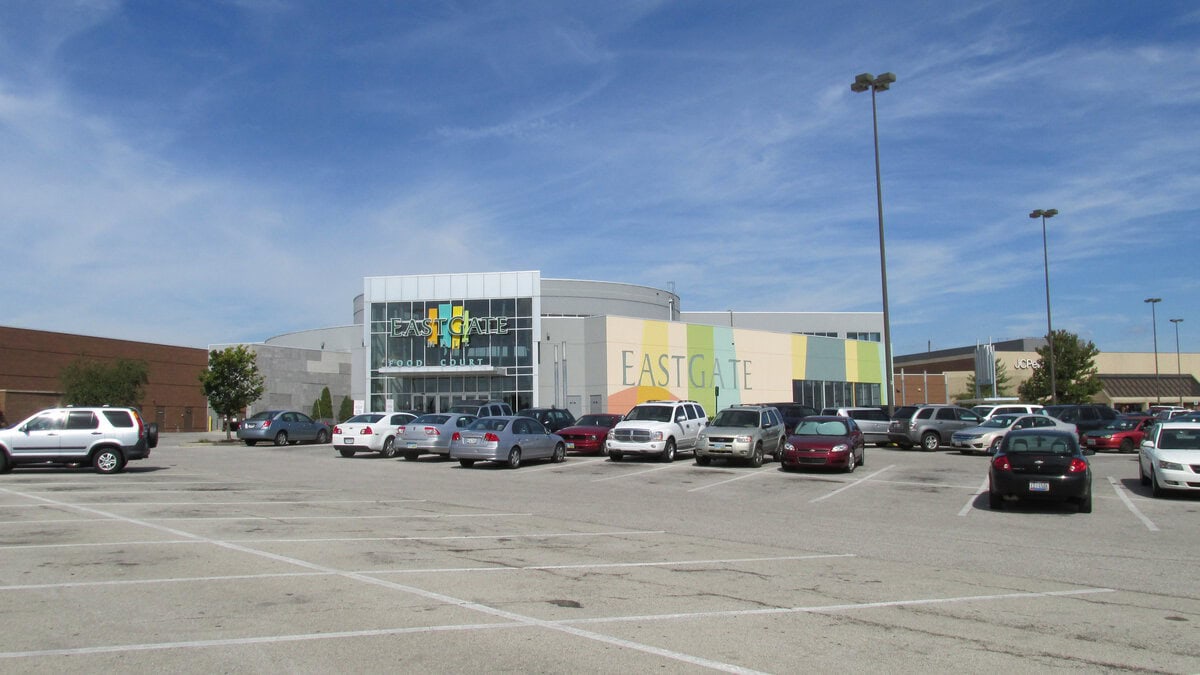
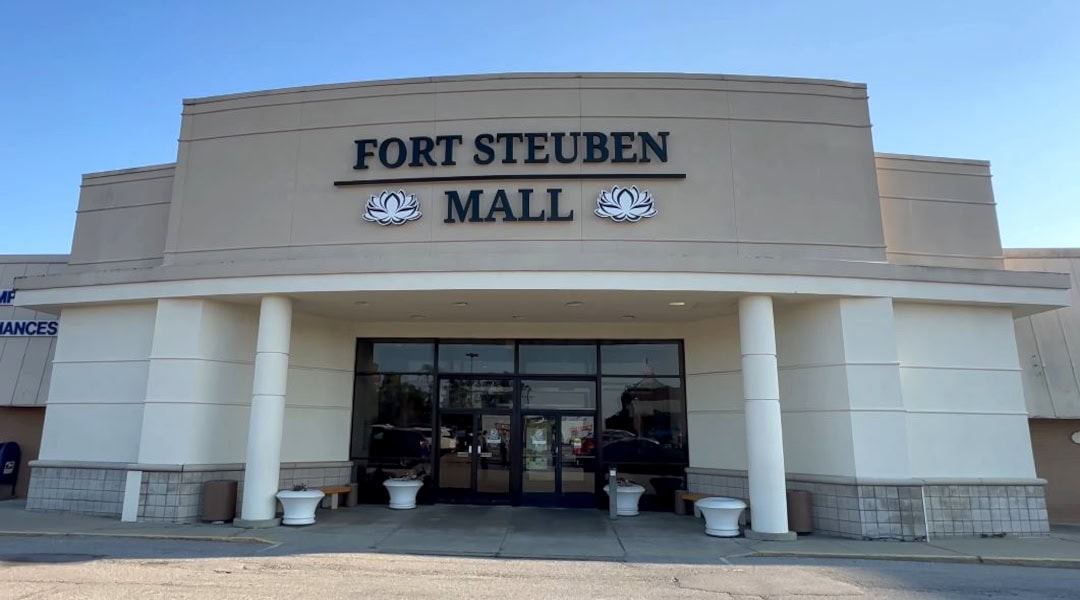
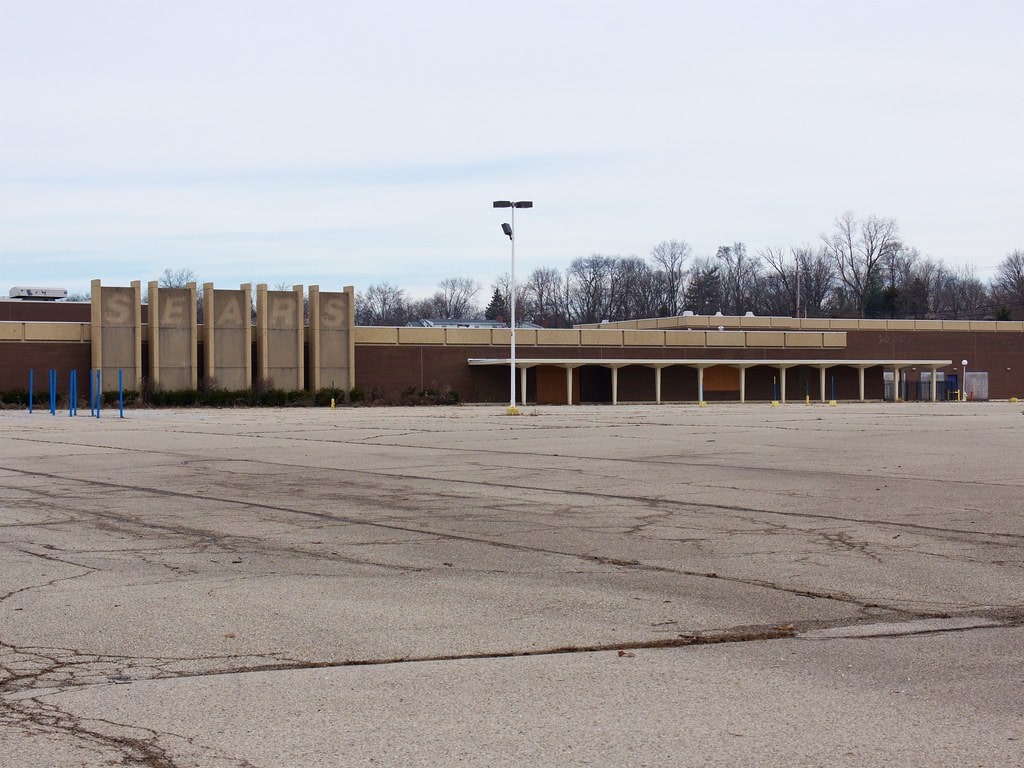
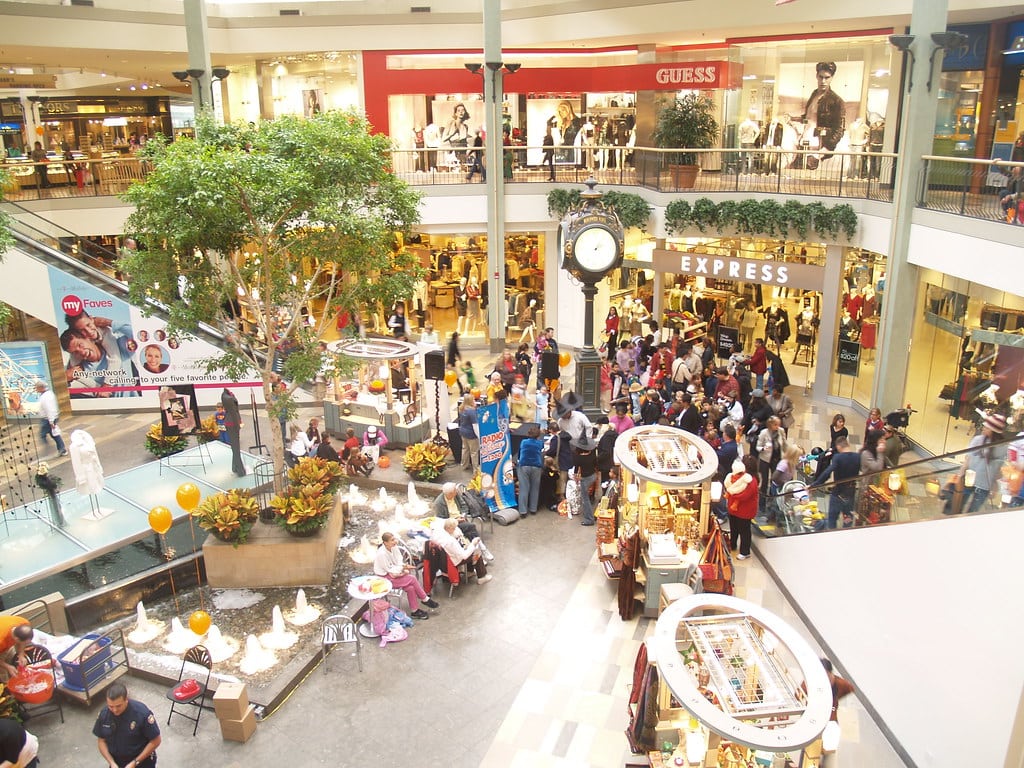
The decrease in mall traffic was not due to the 33 bypass. It decreased due other reasons. There is still a ton of people in Lancaster. There are still very busy streets. The good mall food getting taken away (there used to be a lot of good places to choose from), didn’t help and some of the stores leaving. Plus now the decrease in mall visitors is probably due to the fact that more and more people are ordering online from stores and places like Amazon.
Certainly, the shift in mall food options and the leaving of certain retailers may have contributed to decreased foot traffic at River Valley Mall. However, this also presents an opportunity for the mall to revitalize its offerings and attract new shoppers.
we need a trampoline like in heath mall are a water park
Thanks for throwing that idea out there. Malls survive when they become places to do, not just to buy.
As a mally back in the day. I have this dream of an aging Gen X living in these malls, having our own grocery store, urgent care, pet areas, salons, filling the food courts with picnic pizza and orange Julius. Apartments with Golden girl attitude or couples apartments. So many ideas about aging with hope of not growing old
You're dreaming forward while looking back. That's rare. And that vision of a Gen X community, with its familiar smells and sounds, deserves space.